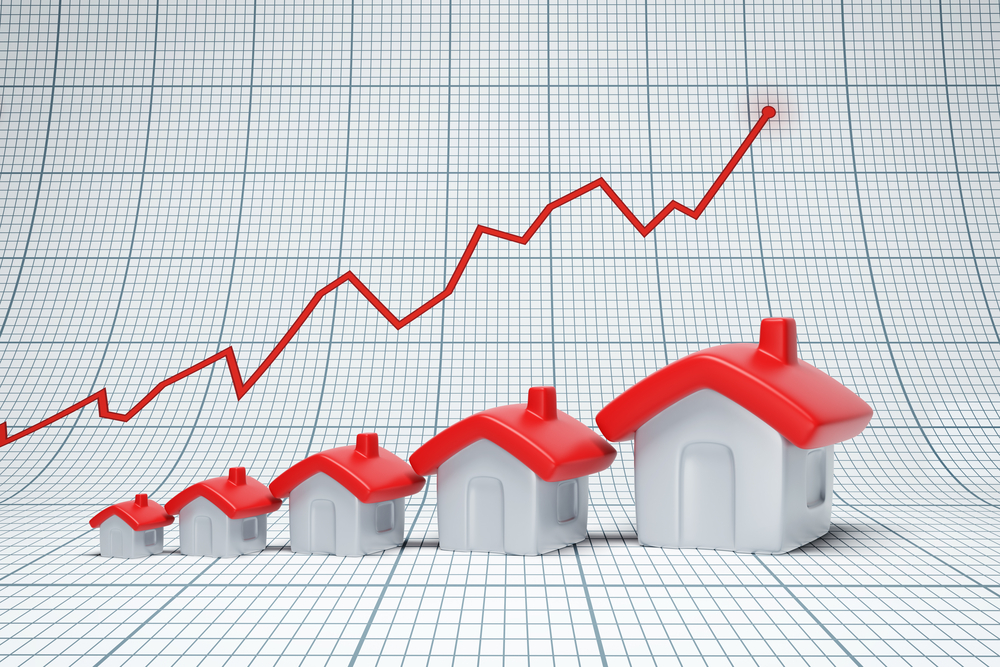Household Bills
Small rise in UK house prices in July but gains are slipping away

Guest Author:
Shekina TuaheneAverage house prices in the UK rose by 0.5% between June and July to £289,824, Government figures show.
The Office for National Statistics (ONS) house price index for the month also revealed a 0.6% uptick in prices since last year.
This indicated a slowdown in house price rises as it compared to a 1.7% annual increase and 0.7% monthly rise in June.
Waning house price gains
It was noted that while house prices were still increasing annually, the rate was slowing and the possibility of a decline was becoming more apparent.
Sarah Coles, head of personal finance at Hargreaves Lansdown, said: “The property market is still clinging onto gains, but it’s losing its grip. We’re now seeing annual price falls in two regions, and this may well spread.”
Nathan Emerson, CEO of Propertymark, said it was no surprise to see the slowing in house price growth because they rose at an “unprecedented pace” last year.

How life insurance can benefit your health and wellbeing over the decades
Sponsored by Post Office
He added: “This drop is needed and should not be seen as a negative as house prices remain up compared to what they were last year, and this slowing is playing a crucial part in combatting rising interest rates and improving homebuyers’ affordability.”
Affordability still a challenge
Coles said not to “count on a boom” in the market, adding: “Property is still horribly expensive, mortgages are still eye-wateringly high, and we’re starting to see the first signs of weakness creep into the jobs market – which has been so vital in underpinning house prices during the cost of living crisis. It means we may need to wade through the gloom for a while longer, before we see light at the end of the tunnel.”
Arjan Verbeek, founder and CEO of Perenna, said: “While we’re seeing house price growth slow, it does not solve the underlying problem preventing many buyers from stepping onto the housing ladder. UK house prices are still significantly higher than the current income multiples offered by most high-street lenders, which average between four to five times more than an individual’s annual salary.”
National and regional differences
In England, house prices increased 0.4% to an average of £308,633 from June to July. This represented a 0.6% annual rise.
The largest monthly increase in England was recorded in Yorkshire and the Humber, where prices went up by 1.5% to £212,730. This was also a 2.5% jump compared to last year.
The North East experienced the highest annual growth with a 2.7% rise in house prices to £163,480. On a monthly basis, the change was smaller at an increase of 0.5%
The South West and London were the only regions to see a drop in average house prices, with falls of 1% and 0.8% to £323,713 and £534,265 respectively.
In Scotland, there was a 0.1% annual rise in average house prices to £191,870, while compared to the previous month this was a 1.1% increase.
Average house prices in Wales fell by 0.1% year-on-year to £215,632, while this was also a 1.1% rise compared to the month before.
In Northern Ireland, average house prices increased by 2.7% annually, and 1.4% monthly to £173,898.
Property types
In July, there was an annual fall in terraced houses and flats and maisonettes, as each property type experienced a 0.3% and 1% decline to averages of £236,520 and £229,931 respectively.
Detached homes recorded the largest annual increase of 2.2% to £458,707.
Semi-detached homes saw a modest rise in average house prices to £281,520, which was 1% higher than the year before.